Serena Williams Leaves Press Conference In Tears After Questions About Retirement (buzzfeednews.com)
This wasn't helped by the fact that a clearly emotional Serena choked up in a press conference following the match and, after being asked about retirement, left the room in tears.
"The Aussie crowd is so amazing, so it was nice to see," she said of the reaction to her leaving the court. When asked if it was a farewell, Serena gave a wry laugh and added, "I don't know – if I ever say farewell, I wouldn't tell anyone."
However, despite seeming in good spirits when she gave the answer, seconds later Serena fought back tears and quickly put an end to the questions, tearfully saying: "I'm done."
Williams exits in tears as Osaka halts record bid
Issued on: 18/02/2021

Serena Williams's last Grand Slam title win was in Melbourne in 2017
William WEST AFP
Melbourne (AFP)
Japan's Naomi Osaka brutally halted Serena Williams's latest bid for a record-equalling 24th Grand Slam title as she set up an Australian Open final with Jennifer Brady on Thursday.
Three-time major-winner Osaka once again proved the American's nemesis with a one-sided 6-3, 6-4 win which heightened questions about whether Williams, 39, will ever match Margaret Court's all-time record.
Williams put her hand on her heart as she acknowledged a standing ovation on Rod Laver Arena, and later cut short her post-match press conference in tears, saying: "I'm done."
The American has lost four Grand Slam finals since winning her 23rd in Melbourne in 2017, and victory over Osaka would have given her a golden opportunity against Brady, who will be playing first major decider.
But US Open champion Osaka has never lost a Slam semi-final and after going 0-2 down in the first set, she reeled off five straight games to take charge against a despairing Williams.
"I hit a lot of unforced errors in the first few games, I was just really nervous and scared," said Osaka.
"But then I sort of eased my way into it and the biggest thing for me was having fun."
Williams lamented a "big error day" and refused to discuss whether it might have been her last Australian Open.
"I don't know," she said, when asked if her salute to the crowd was a farewell.
"If I ever say farewell, I wouldn't tell anyone."
Williams's exit was watched by thousands of fans returning after a state-wide snap coronavirus lockdown, a welcome sight in Rod Laver Arena after five days of matches in front of empty seats.
- 'My legs are shaking' -
The Australian Open is the first Covid-era Grand Slam to welcome large numbers of fans after last year's Wimbledon was cancelled, the US Open took place behind closed doors and the French Open was limited to 1,000 a day.
The returning spectators then witnessed more fireworks in Brady's victory over Karolina Muchova, where the American needed five match points before subduing the Czech 25th seed.
America's Brady eventually prevailed 6-4, 3-6, 6-4 in 1hr 55min to reach her debut major final against the formidable Osaka.
"My legs are shaking, my heart is racing," said Brady, 25, who has admitted she hated watching and playing tennis as a child.
"My legs felt fresh but they weren't moving. They felt stuck in mud."
In the night match, world number one Novak Djokovic faces an unlikely foe in the men's semi-finals -- Russian qualifier Aslan Karatsev, who is enjoying one of the greatest Grand Slam debuts in history.
Exemplifying the gulf between them, Karatsev, 27, has won 18 Grand Slam sets in his career, while Djokovic, 33, is going for his 18th major title.
Vladikavkaz native Karatsev is bidding to become the first player to reach the final on his Grand Slam debut, in just his 19th Tour-level match.
"I try to believe what I'm doing on the court, and it's helped me to win matches," said Karatsev.
"I arrive on the court and say, 'Okay, I try to do my best with more belief.'
Djokovic, who is carrying an abdominal injury, has won 13 of his last 14 Grand Slam semi-finals, and is going for a record-extending ninth Australian Open crown.
"He doesn't have anything to lose, really," said the Serb of his Russian rival. "He's motivated."
© 2021 AFP
When Naomi met Serena: tantrums and tears
Issued on: 17/02/2021 -

Naomi Osaka hides her tears during the presentation after beating Serena Williams to win the 2019 US Open
TIMOTHY A. CLARY AFP
Melbourne (AFP)
Tennis superstars Naomi Osaka and Serena Williams will play each other for just the fourth time on Thursday with a place in the Australian Open final at stake.
Here, AFP Sport recalls their three previous meetings, including a US Open final remembered for all the wrong reasons:
- Miami Open 2018: Rd 1
ADVERTISING
Osaka won 6-3, 6-2
A 20-year-old Osaka, fresh from her breakthrough title win at Indian Wells, was superior throughout in the pair's first meeting and took just one hour and 17 minutes to end Williams's fourth match after maternity leave.
The American clearly lacked movement in just her second tournament after 13 months out as she slumped to her first defeat in an opening match at an American hardcourt championship for 21 years.
Williams was fined for skipping her post-match media duties and instead issued a brief statement that read: "Every tournament is an opportunity for me to better understand the areas I need to improve to be my best.
"Naomi played a great match and I look forward to continuing my return by progressing every day."
- US Open 2018: Final -
Osaka won 6-2, 6-4
Osaka became the first Japanese player to win a Grand Slam singles title but was left in tears after an infamous Williams implosion.
The astonishing second-set tantrum was sparked by umpire Carlos Ramos warning Williams for receiving coaching from her player's box.
A second code violation for racquet abuse, along with a point penalty, then caused Williams to erupt.
She tearfully accused him of being a "thief" and demanded an apology.
"You're attacking my character," she fumed. "You will never, ever be on another court of mine. You are the liar," she ranted before Ramos handed her a game penalty for a third code breach -- verbal abuse.
That put Osaka one game from victory and the 20-year-old displayed remarkable poise to serve out for a historic win despite the furore.
The pro-Williams New York crowd booed the trophy ceremony announcer, leaving Osaka in tears and trying to hide her face. She was consoled by a subdued Williams.
"It doesn't really feel that real right now. Maybe in a few days I'll realise what I've done," said Osaka, who had the gloss taken off her first taste of Grand Slam glory.
Williams was later fined $17,000 by tournament organisers for her behaviour.
- Toronto 2019: QF -
Williams won 6-3, 6-4
Williams achieved her maiden win against Osaka at the third time of asking to reach the Rogers Cup semi-final in the the pair's first meeting since the Flushing Meadows meltdown.
Williams this time was on her best behaviour in a solid performance with pin-point serving helping her to a straight-sets victory against a lacklustre Osaka.
"I knew her game a little bit more, so that's a little easier. I'm just overall a little bit better," Williams said.
© 2021 AFP
Record-chasing Williams wary of 'cool cat' Osaka
 Serena Williams faces a blockbuster semi-final against Naomi Osaka
Serena Williams faces a blockbuster semi-final against Naomi Osaka
Issued on: 17/02/2021 -
Melbourne (AFP)
Serena Williams knows she must raise another level against "cool cat" Naomi Osaka to keep alive her dream of a record-equalling 24th Grand Slam crown, wary of again falling victim to the Japanese superstar.
The pair meet in a blockbuster Australian Open semi-final on Thursday with the winner facing either Czech 25th seed Karolina Muchova or American 22nd seed Jennifer Brady in Saturday's decider.
Williams, 39, continues to chase Margaret Court's elusive all-time mark of 24 major titles, after losing four Slam finals since her 2017 victory at Melbourne Park while pregnant.
One of those was her controversial 2018 US Open final defeat to Osaka, where the American star was docked a point and a game after losing her temper when warned about coaching.
Osaka was booed by some fans and was in tears during the awards ceremony, later calling what should have been her moment of glory "a little bittersweet".
Williams said both players had reached "closure" on the painful moment, which has seen them inextricably linked ever since.
"Well, I think we both have had closure, and we have reached out to each other," said Williams, after overpowering second seed Simona Halep in the quarter-finals.
"I have definitely reached out, and she's -- yeah. So off the court, it's hard. I think she's a great competitor and she's a cool cat."
They have played each other just once since that New York meeting, in the quarter-finals of the 2019 Canadian Open which Williams won in straight sets.
If she can get past third seed Osaka, Williams may never have a better chance to finally seal her 24th title after world number one Ashleigh Barty was upset by Muchova in the last eight on the other side of the draw.
Instead, she would face either the Czech or Brady, neither of whom have made a Slam final -- in comparison with the 33 played by Williams, who has been in vintage form so far this year.
- 'She's Serena' -
But first up is Osaka, and 10th seed Williams is taking nothing for granted.
"Obviously I have an incredible opponent to play, so it would be nice to hopefully keep raising the level of my game. I'm going to have to," she said.
"She's a very strong player. I feel like she does everything well. She has a good serve, she has a great return, she's strong on both sides."
Osaka, who swept past Taiwanese veteran Hsieh Su-wei to set up the meeting, is eager to add to her three Grand Slam titles after her wins at Flushing Meadows in 2018 and last year, and Melbourne in 2019.
"I always watch Serena's matches," she admitted when asked if she planned to do any homework on her opponent.
"I grew up watching Serena, Federer, Nadal. It's just more of a habit than anything. But I feel like everyone in the tournament watches her."
And despite beating Williams in the 2018 US Open final, the 23-year-old admitted to still feeling "really intimidated when I see her on the other side of the court".
"She's Serena," she explained.
Brady will face Muchova in the other semi-final, with a maiden Slam final guaranteed for one of them.
Muchova, fresh from her upset of Barty, said she had noted her "very big strokes, fast ones" in their one previous meeting, when she beat the American in Prague in 2019.
"So definitely going to be a tough battle," she said of Brady, who toppled compatriot Jessica Pegula to make her second major semi-final, after last year's US Open.
"I think I will have to bring my A-game to play with her because she is really playing amazing matches, having a good season."
© 2021 AFP
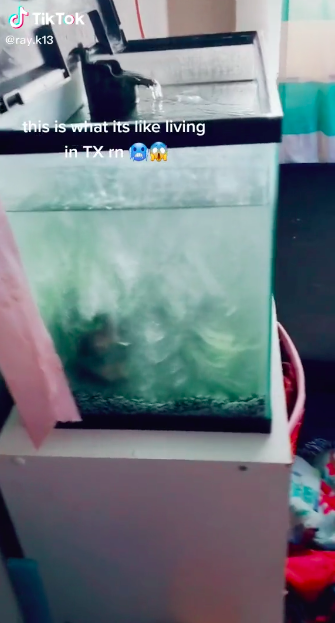
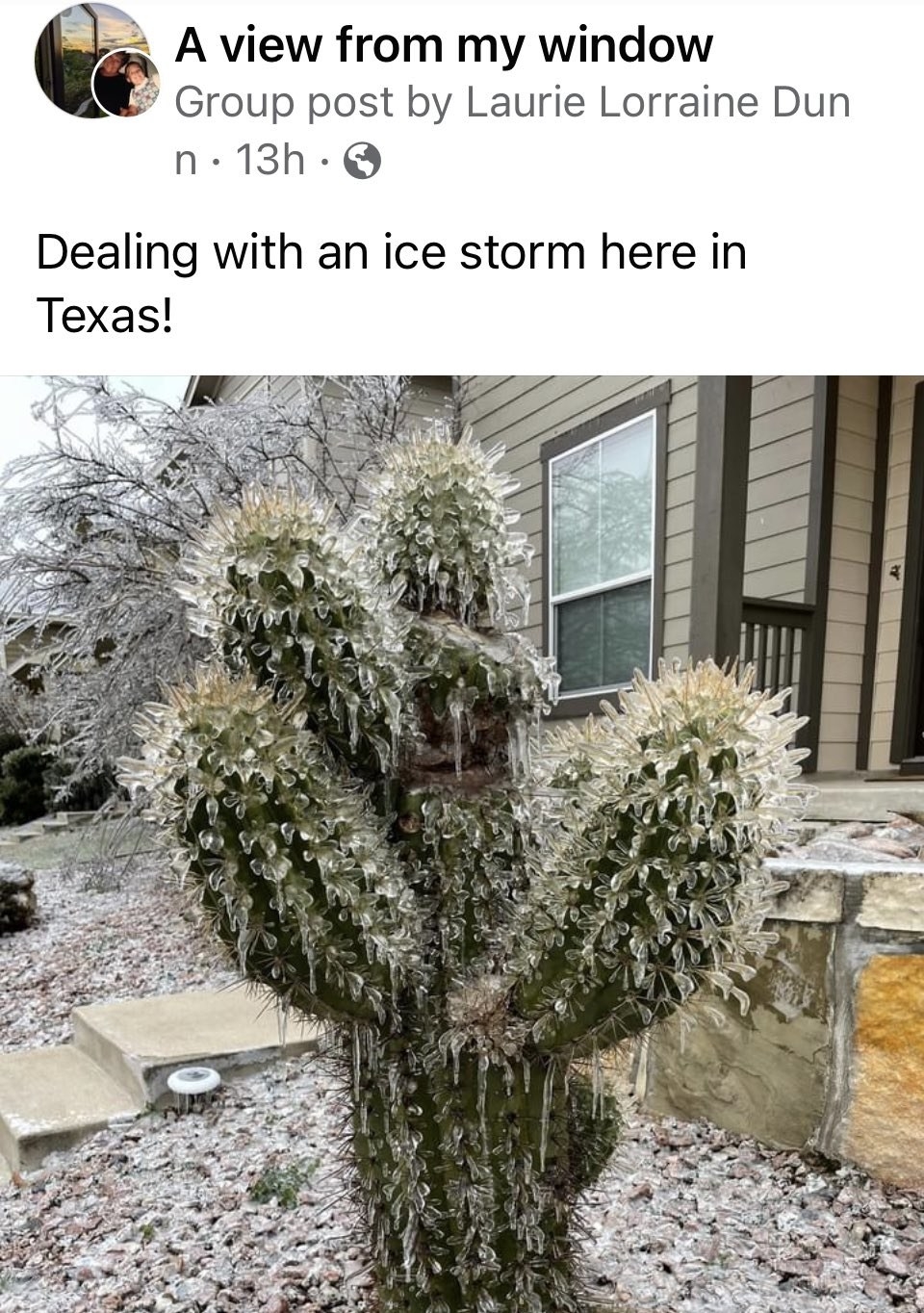

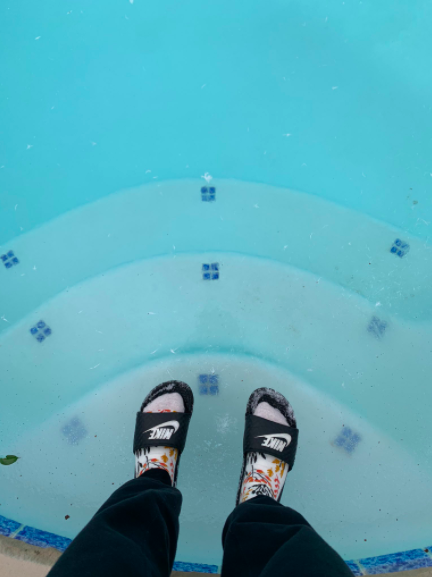
 deathbiscuitSo... Hell finally froze over?
deathbiscuitSo... Hell finally froze over? andrewj83Texas took themselves off the national power grid. So they could deregulate (typical republican thinking). No regulations mean less prepared for winter.
andrewj83Texas took themselves off the national power grid. So they could deregulate (typical republican thinking). No regulations mean less prepared for winter.






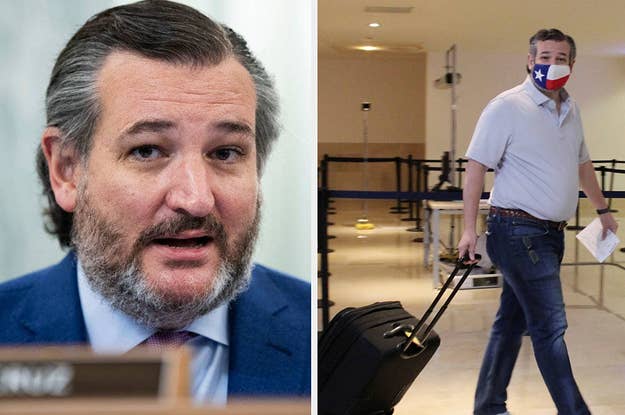
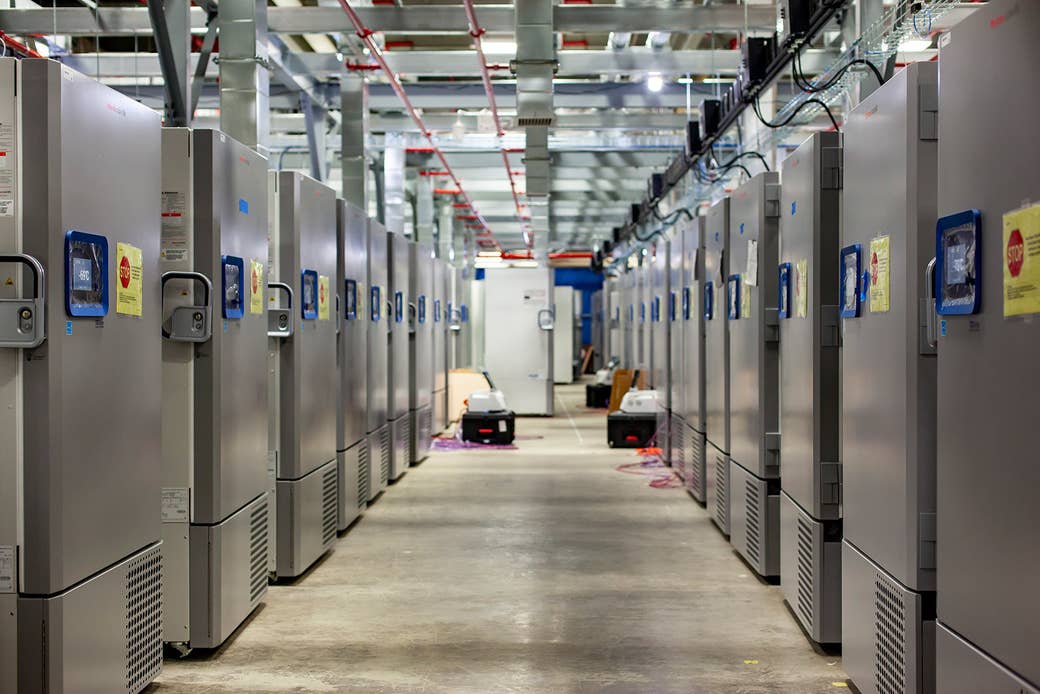
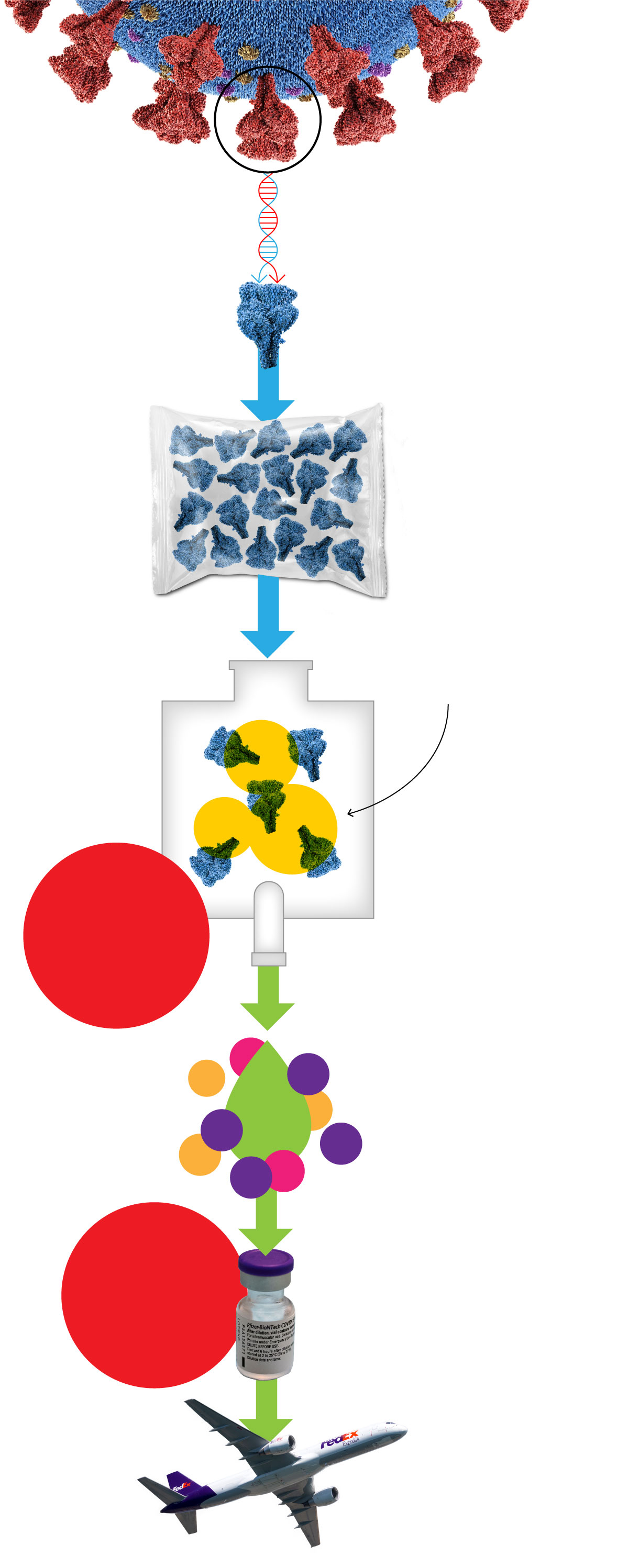
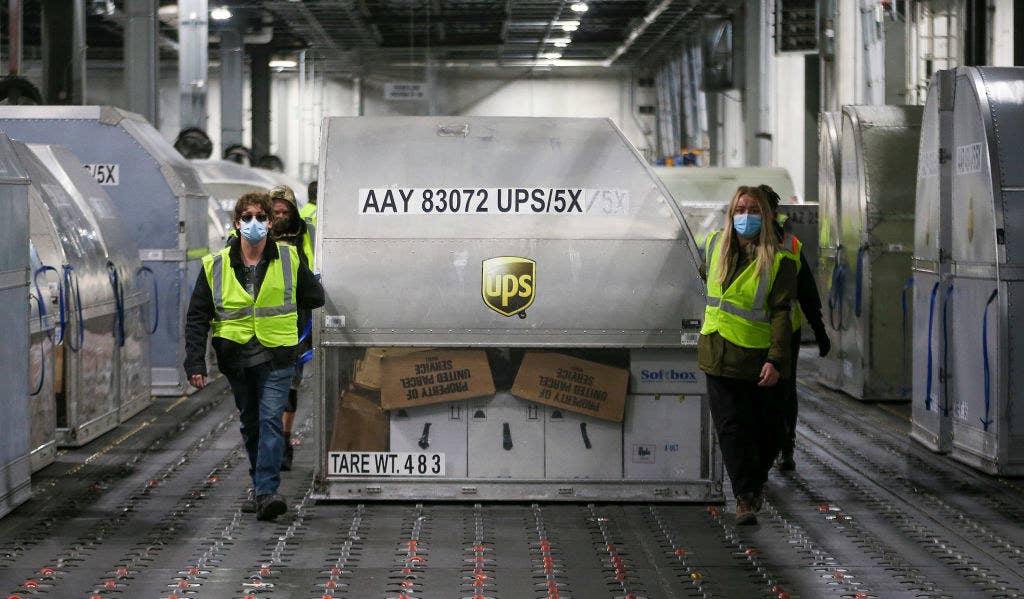


 Serena Williams faces a blockbuster semi-final against Naomi Osaka
Serena Williams faces a blockbuster semi-final against Naomi Osaka 



